I have been a student of Northwest Coast 2-Dimensional Native art since the 1970’s but the Gaelic art tradition provided a new challenge and exciting learning experience. My initial introduction to Celtic art came through the seminal work of George Bain. Bain’s Celtic Art: The Methods of Construction (©1997) provided me with the structure behind Celtic knotwork, spirals, and the anthropomorphic and zoomorphic design elements in much the same way that Bill Holm’s classic text introduced me to NWC Indian art. As many of Bain’s examples came from the illuminated manuscripts created by Celtic monastic tradition, my path next took me to a deeper study of and appreciation for one of the great masterworks of medieval art, The Book of Kells. Since then I have gone on to use other texts such as the Lindisfarne Gospels, Celtic Stone Crosses, and Pictish Standing Stones as “new” sources for design elements and compositional support.
Then in 2007, the purchase of an antique armoire for our bedroom introduced me to the British Arts & Crafts Movement. From that moment I began to read everything I could about the British Arts & Crafts and Art Nouveau Period, concentrating mainly on architecture, furniture design, interior design, and metalwork. When I saw Liberty’s pewter offerings, I was amazed at the beauty of the designs---they were strongly reminiscent of the Celtic art I had been trying to learn. What I had discovered was the Celtic Revival designs of the master Manx designer, Archibald Knox. Thanks to Ebay auctions, I was able to acquire several pieces of Knox’s pewter designs and a silver brooch for Leigh as well. Through the pieces that I own and to special thanks to Stephen A. Martin’s definitive text (Archibald Knox (©2001), Knox has become one of my most important sources of inspiration. Knox extensively studied the carved stone crosses on the Isle of Man and his deep understanding of Celtic art greatly influenced his design work. His entrelac designs incorporating Celtic knotwork with the Art Nouveau “whiplash” produced a style unique to Knox and one extremely popular even today.
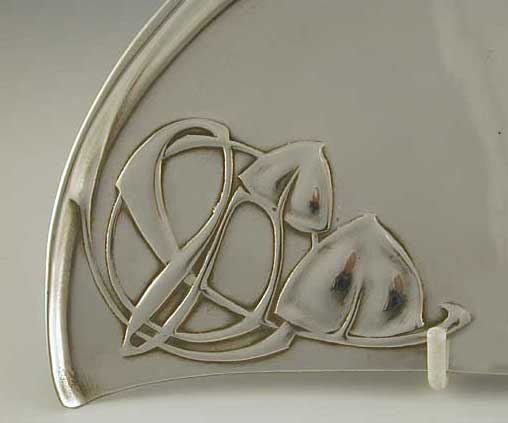
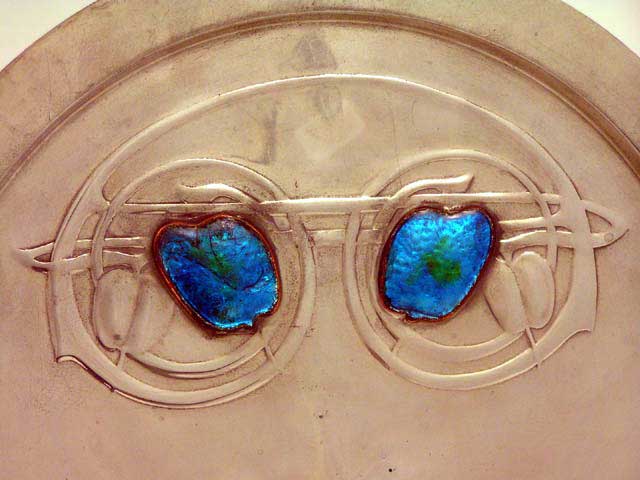
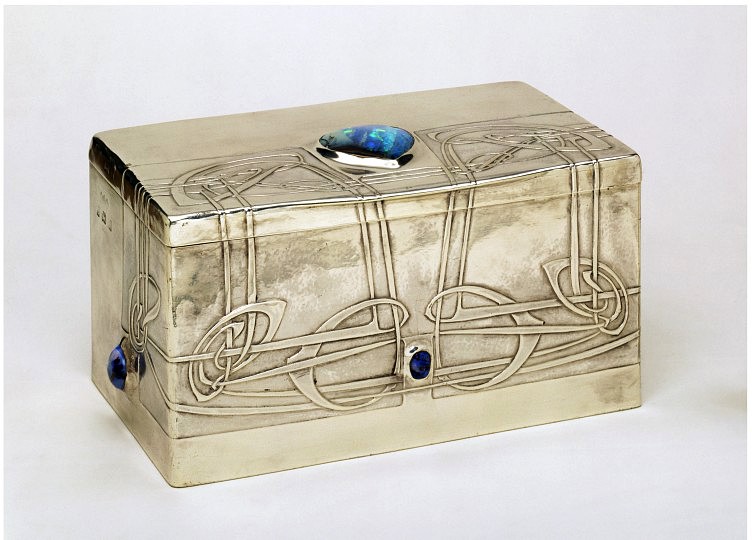
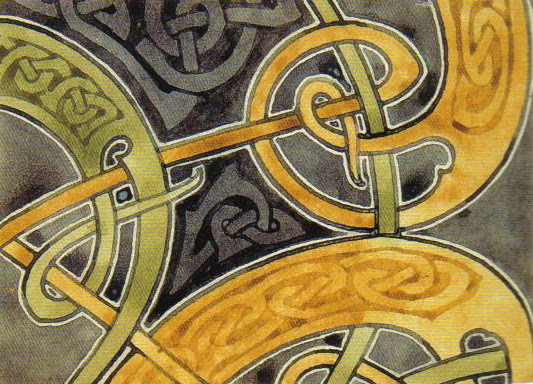
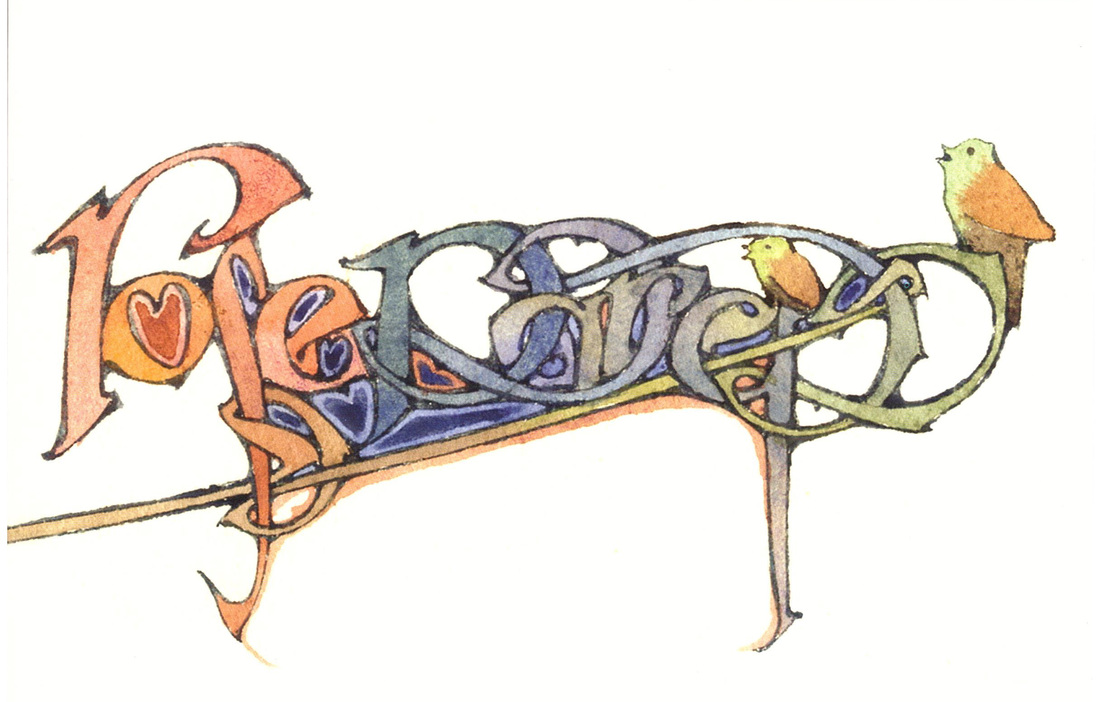
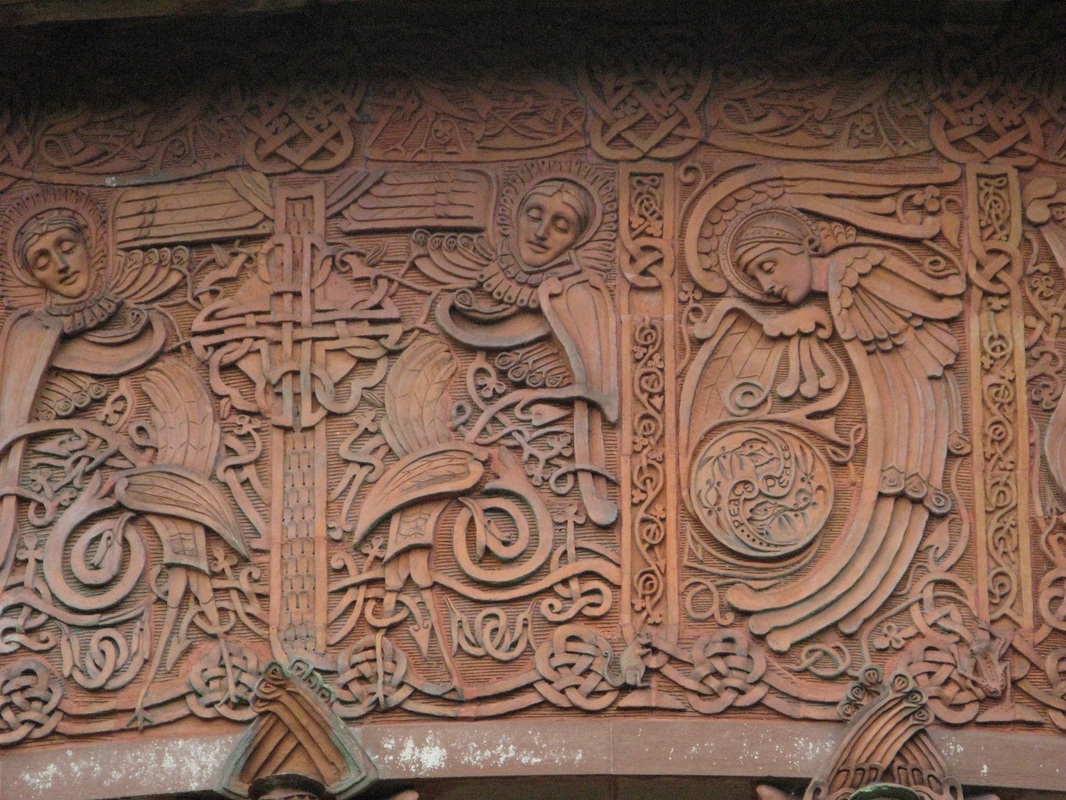
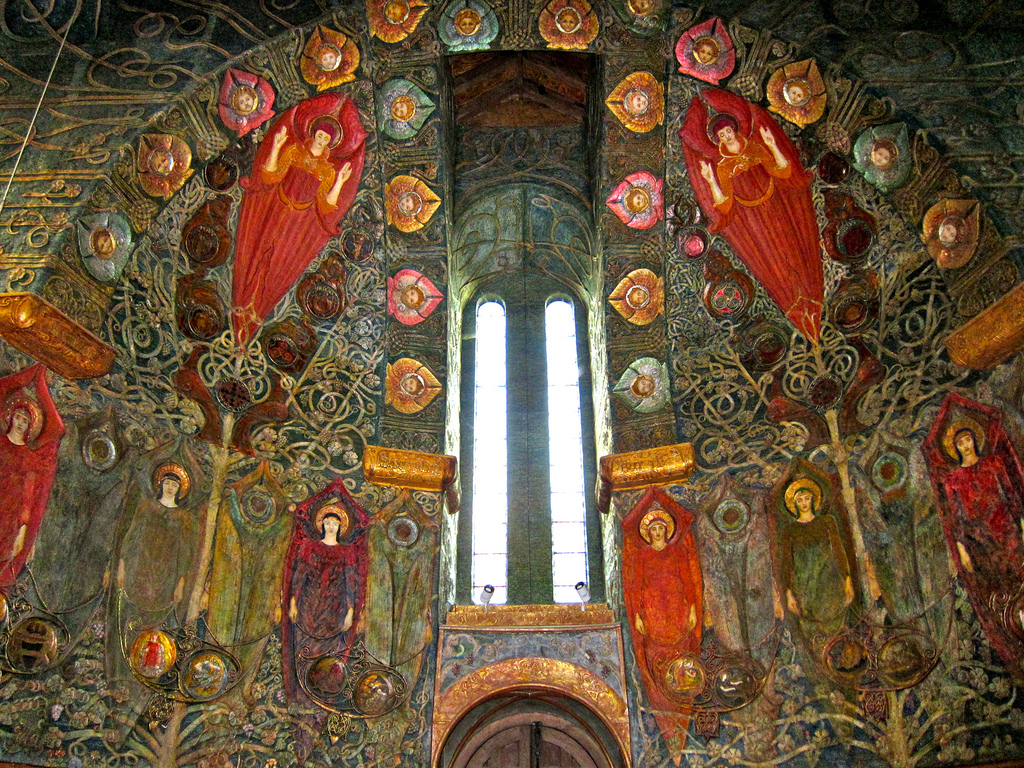
 RSS Feed
RSS Feed